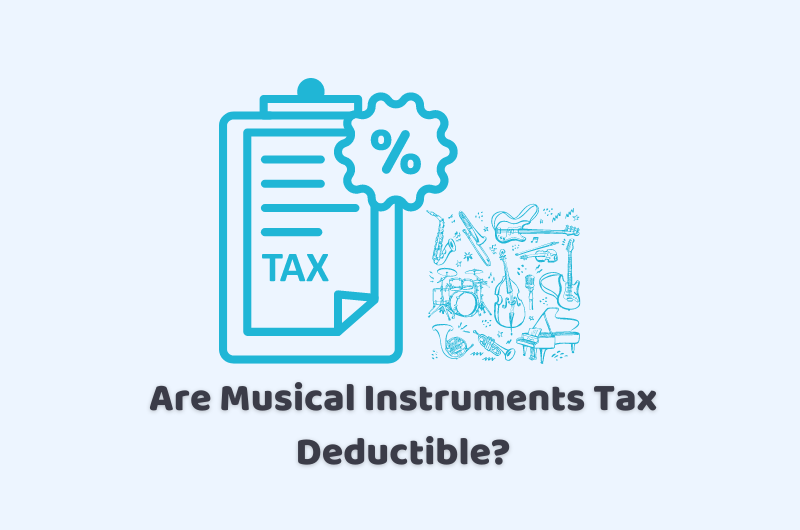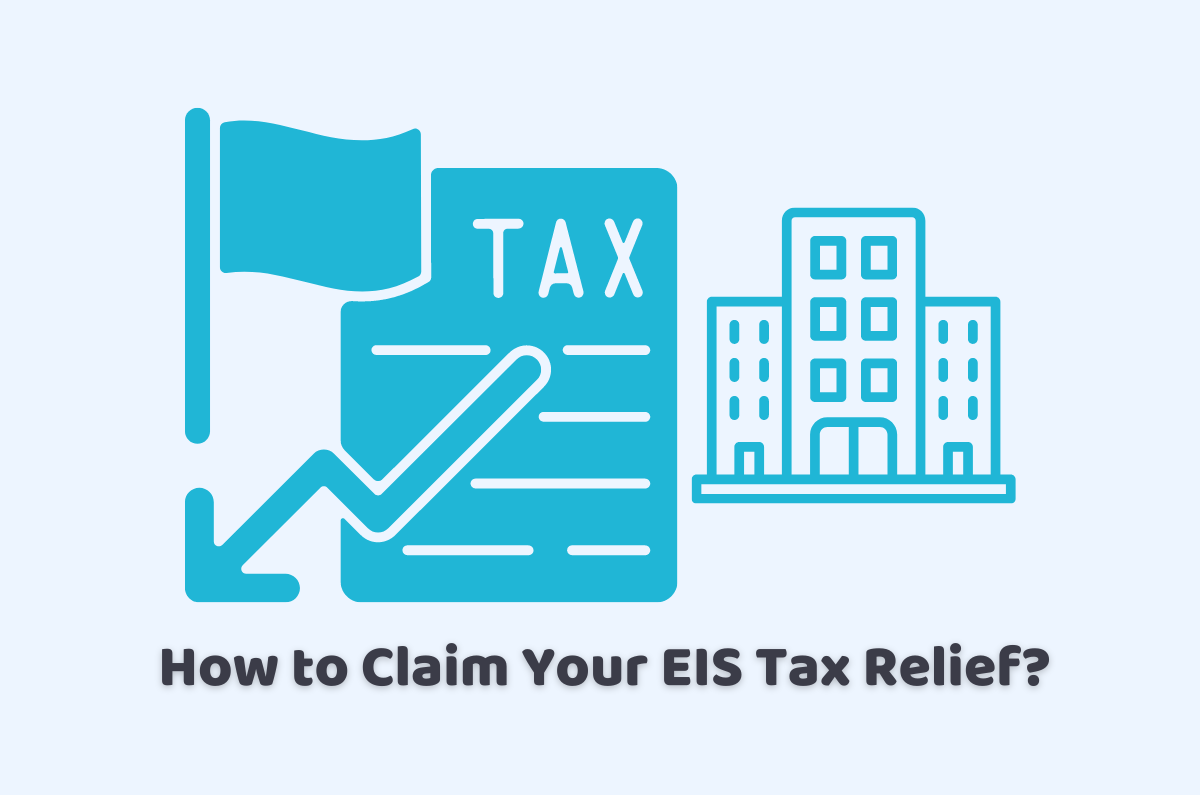28/02/2024tax
Are musical instruments tax deductible? In the UK, musicians can take advantage of various tax deductions to offset the cost. This is off their musical equipment, repairs, and production equipment. These tax deductions can help reduce the tax bill that musicians owe and make it easier to pursue their musical careers. In this discussion, we …
Read more

